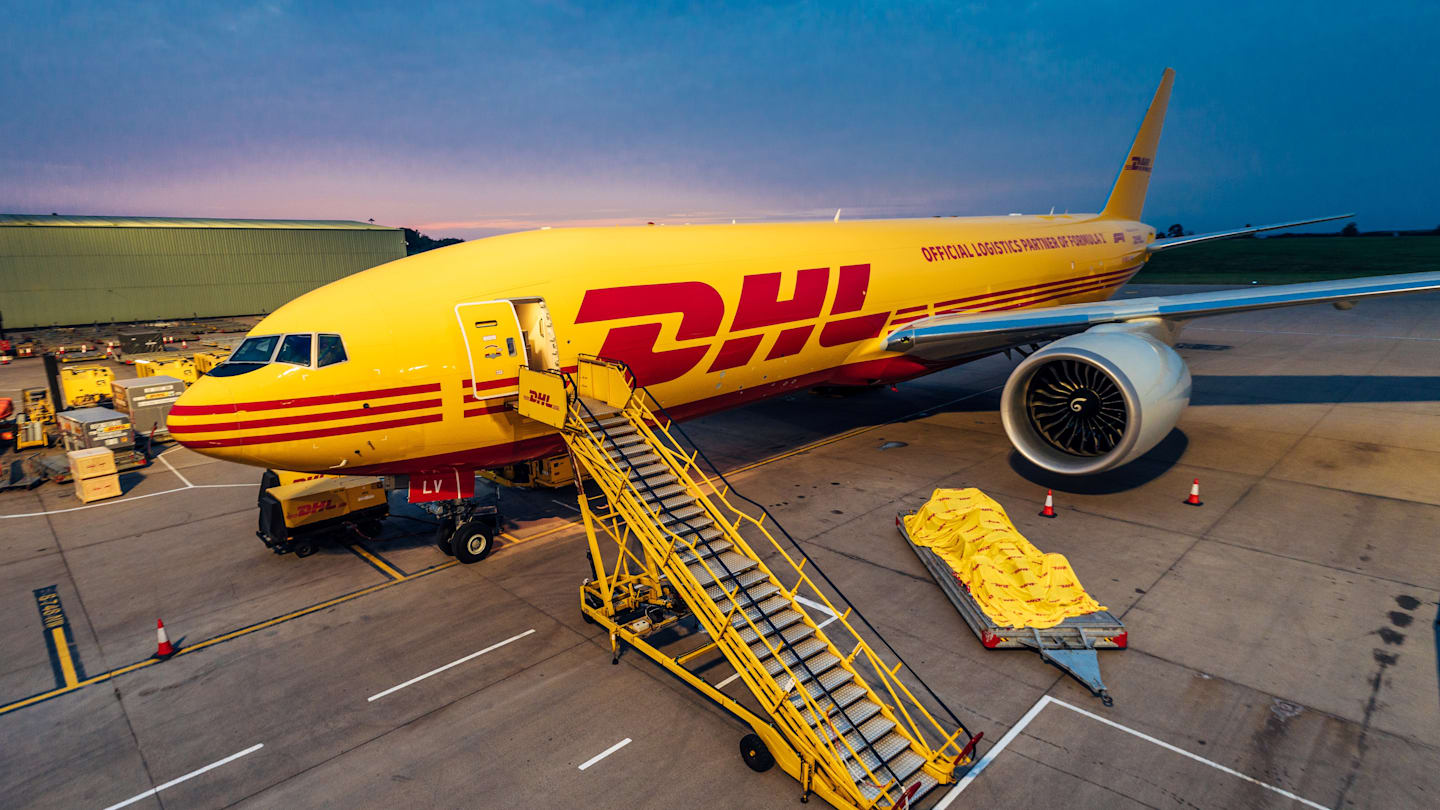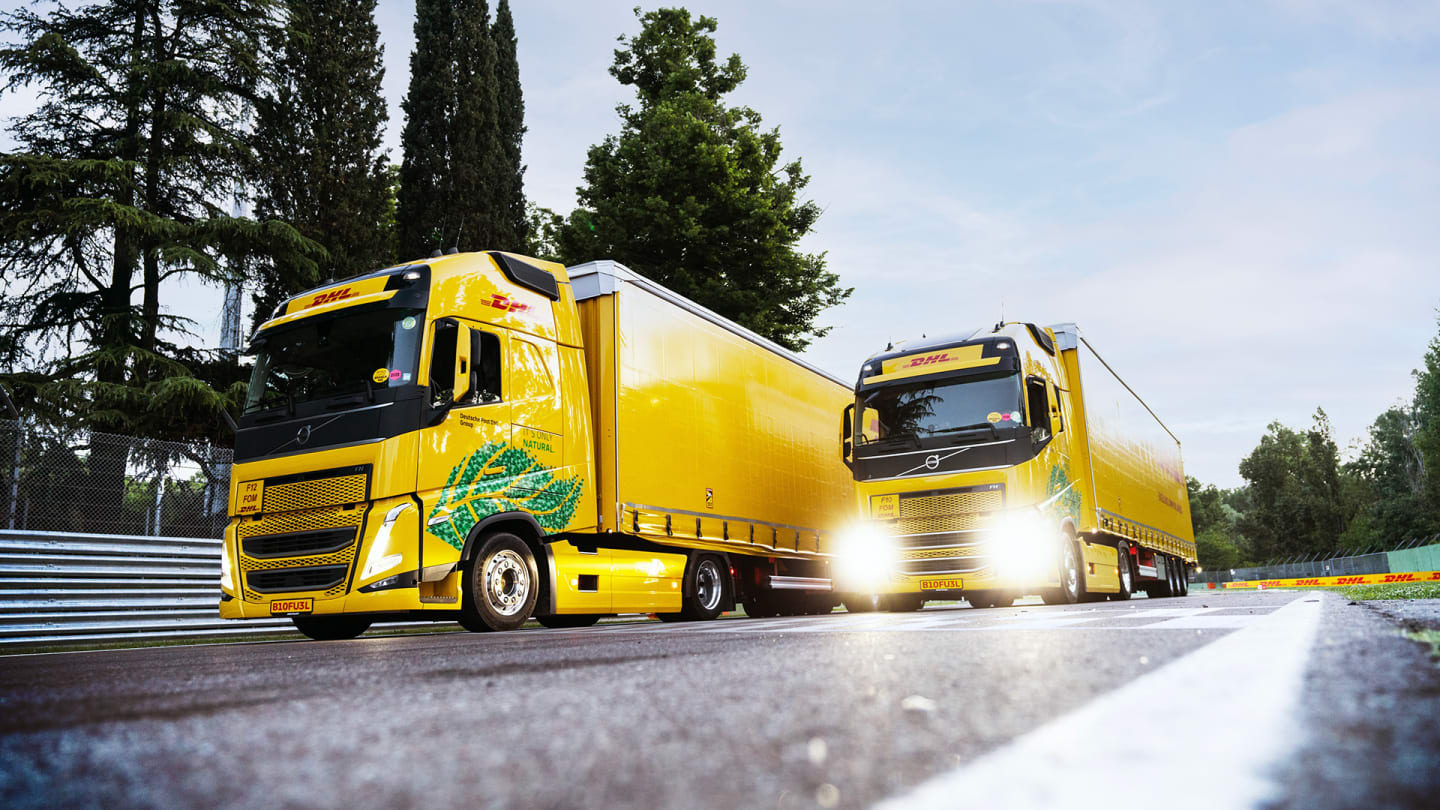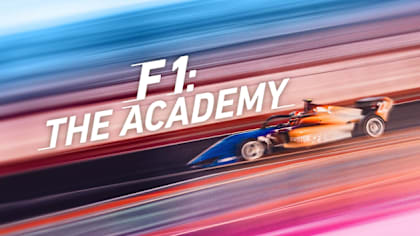Feature
EXPLAINED: What is Sustainable Aviation Fuel and why is F1 investing in it?
Share
As Formula 1 announces its first investment in Sustainable Aviation Fuel (SAF) as part of the commitment to reach Net Zero by 2030, let’s take a closer look at what it means and why it matters for the sport…
What is SAF?
Put simply, Sustainable Aviation Fuel (SAF) is an alternative fuel for aircraft that reduces emissions by an estimated 80% per flight compared to conventional aviation fuel.
The emissions reduced refer to the full life cycle of the fuel and include the total greenhouse gas (GHG) emissions produced – from initial extraction of raw materials to the final combustion in an aircraft engine.
By investing in the purchase of SAF, Formula 1 is not only taking a significant step towards mitigating the environmental impact of air travel, but accelerating the adoption of a technology that will enable the aviation industry to transition towards a more sustainable future.
How does SAF work?
Designed as a drop-in fuel – much like the fuel being developed for the 2026 F1 cars – SAF can be blended with traditional fuels and used in existing aircraft engines without modifications.
Unlike conventional aviation fuel, SAF is produced from renewable resources such as agricultural biomass and used cooking oil. Formula 1 has worked with key stakeholders to develop a minimum fuel standard for suppliers to ensure the fuels used follow the latest sustainable sourcing standards recognised and certified by the aviation industry.

Formula 1 is procuring SAF using the industry recognised ‘book and claim’ model through Global Partner DHL
How is F1 using SAF?
SAF is currently produced in limited locations, and scaling up usage will take time as transporting the fuel, or routing aircraft through specific locations to be fuelled, adds unnecessary emissions.
As a result, Formula 1 is leveraging SAF to cover its chartered cargo flights through what’s called a ‘book and claim’ system.
With the ‘book and claim’ system, organisations can purchase SAF and guarantee it will be used, although not necessarily in their own specific aircraft.
‘Book and claim’ step-by-step process:
- F1 ‘books’ the needed SAF amount
- Planes with access to SAF are directly fuelled with the SAF that F1 has purchased
- F1 can then ‘claim’ the verified carbon reductions from that SAF as their own
READ MORE: How sustainable fuels can benefit the world – and are more than just the future of F1
Why is F1 investing in SAF?
Decarbonising logistics is a critical element of the commitment to reach Net Zero by 2030. As part of its strategy for ultra-efficient logistics, Formula 1 has invested in SAF purchases for air cargo to and from flyaway races since with the Australian Grand Prix in March and approximately 20% of subsequent cargo flights this season.
This means that the cargo flights covered by those SAF purchases in the 2024 season are estimated to save over 4,500 tCO2e (tonnes of carbon dioxide equivalent) – CO2e considers all other greenhouse gases, not just carbon.

Biofuel-powered trucks already deliver the European leg of the season, reducing relevant logistics emissions by an average of 83% in 2023
Formula 1 has been working to effect change across three key areas in the following ways:
Reducing the amount of kit and people that travel
Formula 1 has implemented an industry-leading remote broadcast operation, meaning less equipment and fewer people travel to Grands Prix, with most of the production across a race weekend taking place in the F1 Media & Technology Centre in the UK.
Reducing the distance travelled
The FIA Formula One World Championship calendar has been rationalised where possible to create a better flow of races, and the equipment needed for the F1 Fan Zone is stored in hubs in Europe, the UAE, and the USA, reducing the distance it’s transported.
READ MORE: FIA and Formula 1 announce calendar for 2025
Changing the mode of travel
Formula 1, with Global Partner DHL, uses biofuel-powered trucks to deliver the nine European Grands Prix, which reduced emissions in 2023 by an average of 83% compared to traditionally-fuelled trucks. Air cargo containers have also been redesigned to fit on to more efficient Boeing 777 aircraft, reducing associated emissions by around 17%.

From 2026, F1 cars will run on 100% sustainable fuel. F2 and F3 have been using 55% sustainable fuel since 2023 in partnership with Aramco, and the FIA Safety and Medical cars currently use 40% sustainable fuel
What is F1’s sustainability strategy?
Formula 1 launched its sustainability strategy in 2019, which set out the following ambitions:
- To achieve Net Zero Carbon by 2030
- To leave a legacy of positive change wherever it races
- To build a more diverse and inclusive sport
To achieve Net Zero Carbon by 2030, F1 committed to an absolute carbon emission cut of at least 50% versus 2018. That target was set using science from the Intergovernmental Panel on Climate Change (IPCC) and its definition of Net Zero emissions, and follows guidance set by the Greenhouse Gas Protocol.
Earlier this year, Formula 1 released its 2023 Impact Report, a comprehensive document detailing how F1 is successfully delivering its sustainability strategy, and diversity and inclusion aims, through multiple Environmental, Social and Governance (ESG) activities.
EXPLAINED: What is the F1 Impact Report and why does it matter?
The combined efforts of Formula 1 and its key stakeholders, including the F1 teams, race promoters and partners, have reduced the sport’s carbon footprint through key developments involving the transition to renewable energy use at Formula 1’s offices and across all F1 team facilities, as well as logistical changes including remote operations and increased sea freight.
There is still work to do, and the report sets out the steps being taken to further reduce the footprint. Developments here, including Sustainable Aviation Fuel, will have a huge impact in tackling the carbon footprint left behind by necessary travel and logistics.
YOU MIGHT ALSO LIKE
News F1: The Academy documentary series to launch on Netflix in May
News ‘I was very proud on the pit wall’ – Stella recalls crucial moment of teamwork between Norris and Piastri’s Race Engineers in Jeddah
News Horner hails ‘most competitive race to date’ for Red Bull as he insists 'we were quicker' than McLaren in Jeddah
FeatureF1 Unlocked BARRETTO: The Saudi Arabian GP proved things are starting to click for Williams’ new all-star driver line-up




